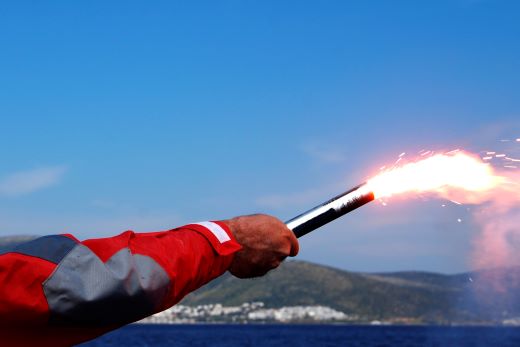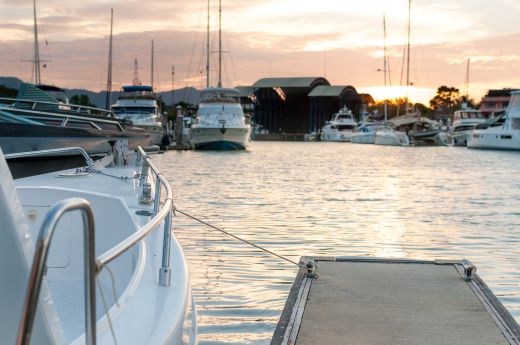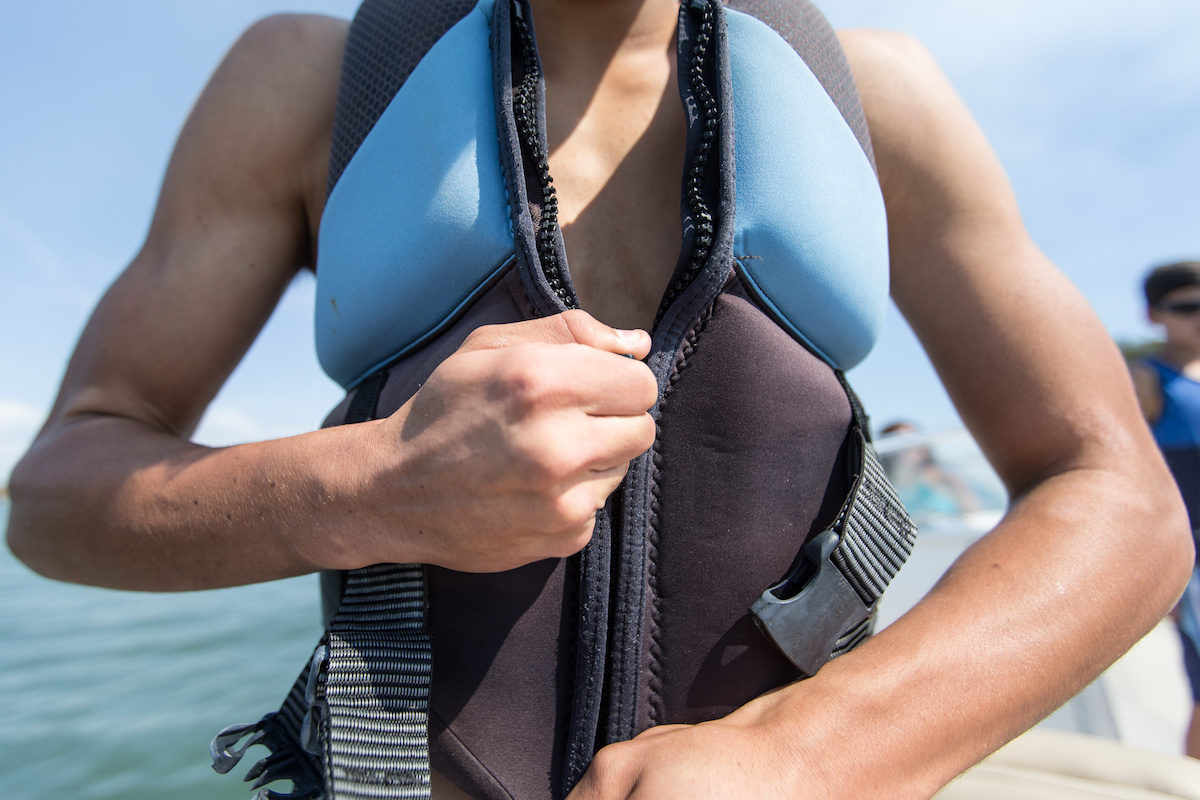When we're out on the water, our main concern is the safety of our boat and its occupants. In the unfortunate event of an emergency, visual distress signals (VDS) play a crucial role in attracting attention to our vessel and ensuring prompt assistance.
VDS's can be pyrotechnic (smoke and flame) or non-pyrotechnic (no fire). These distress signals help others locate your boat for assistance by boat or air. According to nautical laws, flares must be Coast Guard-approved, in good condition, and unexpired.
Still unsure of how to use marine flares? This article reveals how marine flares work and when boaters should use them.
What are Marine Flares?
Essentially, marine flares increase a boat's visibility in distress situations. Flares work by igniting a chemical mixture that produces light and heat. These flares have simple ingredients, including:
- An oxidizer – like potassium nitrate or potassium perchlorate
- A fuel – like charcoal or sulfur
- A colorant – like strontium nitrate or magnesium
How Do Marine Flares Work?
There are two marine flare types: handheld and rocket flares. Handheld flares are designed to be easily held, making them lightweight and portable. On the other hand, rocket flares are larger and brighter – creating a bigger impact and signal. To light either, strike a friction lighter on a striker plate to create a spark.
Who Needs Marine Flares?
So, does every boat need a visual distress signal?
The Coast Guard requires boats over 16 feet to carry approved visual distress signals like flares. Exceptions include:
- Boats that are under 16 feet in length for recreational use
- Sailboats under 26 feet without engines
- Boats propelled by human power (like kayaks)
All boaters must adhere to the U.S. Coast Guard's visual distress signal requirements. These state that boaters must carry at least three daytime and three nighttime flares. Boats only need three flares if the pyrotechnic flares are safe for both day and night use.
When Boaters Should Use Marine Flares
Sailors should use marine flares to signal for help during boating accidents, medical emergencies, or fires. But like shouting "fire" in a crowded theater, using a distress signal outside an emergency is illegal.
You should only use a flare if there is a possibility of someone seeing it. Signals are only effective with an audience! Therefore, don't send "one-time" signals without first sighting or hearing a ship or plane. The Coast Guard advises shooting two overhead flares quickly after seeing rescue efforts to confirm the sighting and signal direction.
Tips for Using and Owning Marine Flares
Read the enclosed directions to deploy a marine flare properly. Ensure you're away from people or flammable objects before lighting the blaze. After lighting it, hold the flare at arm's length and aim it away from you.
Here are some more tips for using and owning marine flares:
1. Keep Track of Expiration Dates
You need to make sure your marine flares aren't expired. Generally, signals expire 42 months after their manufacturer date (roughly every three boating seasons). Legally, you are required to dispose of expired flares and replace them!
2. Properly Store Your Flares
Flares are flame-based signals that are ineffective when exposed to water. Therefore, store them in a cool, dry, and safe place.
Make sure they're within reach for emergencies but not overly exposed. There's no need to worry about flares combusting spontaneously – they'll only ignite if sparks or flames are present.
In addition, it's crucial to store safety equipment — like flares — away from young children. When your kids reach an appropriate age, educate them on the proper use of flares in emergencies.
3. If You See a Visual Distress Signal Coming from Another Boat
When fellow seafarers are in danger, sailors should always come to their aid. Act promptly if you witness a boating accident – especially one involving a lit flare.
In emergencies, witnesses should request assistance from the nearest Coast Guard or state authorities immediately. CB Channel 9 and VHF Marine Radio Channel 16 (156.8 MHz) are emergency channels for boats. And, of course, approach and assist the troubled vessel – when it's safe for you to do so.
If the authorities don't answer your initial call, try again. In popular boating areas, calling local police or the Coast Guard from your mobile phone is a good backup plan.
7 Steps to Take If You Are Involved in a Boating Accident
Marine Flares Save Lives, Treat Them Seriously
Marine flares are distress signals for boaters, as they attract emergency attention. Therefore, all boaters should have unexpired, easy-to-access flares on board. However, be cautious when handling them, as they are flammable!
Also, you should assist fellow boaters if you see a flare being lit. Call the authorities and stay safe!
The Discover Boating team is always looking for ways to help boaters stay safe out on the water. For more safety guides, head to the Discover Boating Blog section.


